Moreover, over 550,000 patients in the U.S. rely on air ambulances each year. This high-stakes environment sets the stage for the flight nurse – a critical care RN who thrives on adrenaline and quick thinking. Picture an accident victim being airlifted from a remote site; a flight nurse is on board, fighting the clock to keep the patient alive.
Furthermore, a flight RN (also known as an air ambulance nurse or transport nurse) is a licensed nurse who provides advanced care in helicopters and fixed-wing planes. These nurses bring the ICU to the sky, stabilizing patients during rapid transport to trauma centers or specialized hospitals. They often work in small teams, making independent decisions in an aircraft cruising thousands of feet above ground.
Additionally, this guide will explore what flight nurses do, how to become one, required skills, salary outlook, and more. Each section offers a concise road map—from education and costs to specializations and pros/cons—to help aspiring nurses decide if soaring as a flight nurse is their calling.
What Is a Flight Nurse?
A flight nurse is a registered nurse who delivers critical care to ill or injured patients during air medical transport (typically via helicopter or airplane). They are key team members who stabilize patients en route to higher-level care.
All flight nurses are RNs, but unlike hospital RNs, they work in mobile intensive care units mid-air. Air ambulance nurses handle emergencies in transit alongside paramedics or physicians, treating patients as they’re being transported to a medical facility. They often perform advanced procedures autonomously that RNs in hospital settings may not do without a doctor present.
How to Become a Flight Nurse
Aspiring flight nurses must build a strong foundation in nursing before taking to the skies. In practice, that means obtaining an RN license, honing critical care skills, and meeting additional requirements for the flight nursing specialty. Below is a step-by-step guide and timeline from student to certified transport nurse:
1. Earn a Nursing Degree (ADN or BSN)
Start by completing an accredited nursing program. An associate degree (ADN) takes ~2 years, while a Bachelor of Science in Nursing (BSN) takes ~4 years. Many flight programs prefer a BSN-prepared RN for the broader clinical training and leadership coursework it provides. During school, focus on strong fundamentals in anatomy, pharmacology, and emergency care through clinical rotations.
2. Pass the NCLEX-RN and Obtain Licensure
After graduation, you must pass the national licensing exam (NCLEX-RN) to become a Registered Nurse. The NCLEX is a computerized exam (~75–145 questions under the current format) that tests entry-level nursing competence. Once you pass (exam fee ~$200), apply for RN licensure in your state. Each state has its own board of nursing, but all require NCLEX success. Upon licensure, you’re officially an RN ready to start practicing.
| Stage | Typical Duration | Milestones & Requirements |
|---|---|---|
| Nursing Education (ADN or BSN) | ADN: ~2–3 years; BSN: ~4 years | Graduate from an accredited nursing program; complete required clinical hours and coursework in fundamentals, pharmacology, etc. |
| NCLEX-RN & Licensure | ~1–3 months post-graduation | Pass the NCLEX-RN exam (∼$200 fee) and obtain state RN license. Complete any state-specific requirements (background check, jurisprudence exam). |
| Bedside RN Experience (ICU/ER) | 3–5 years (typical) | Develop advanced critical care skills in ICU and/or ER. Handle ventilators, trauma cases, cardiac emergencies. Earn basic life support (BLS), ACLS, and PALS certifications along the way. |
| Specialty Certifications | Eligible after ~2 years ICU/ER | Obtain CCRN, CEN, or similar credential to validate expertise. Many employers require a CFRN certification within 1–2 years of hire, proving mastery of flight nursing knowledge. |
| Job Application & Flight Training | Varies (several months) | Apply to flight programs; complete interviews and physical agility tests. Upon hire, finish flight nurse orientation: aircraft safety, flight physiology, and in-flight protocol training (often ~4–8 weeks). Gain familiarity with on-board equipment and emergency procedures. |
| Continuing Education (Ongoing) | Throughout career | Maintain RN license (renew every 2 years with continuing education). Renew certifications (e.g., CFRN every 4 years via exam or CE credits). Regularly attend skills labs, simulations, and conferences (like FAST or AMTC) to keep knowledge current. |
3. Gain 3–5 Years of Critical Care Experience
Next, work as an RN in high-acuity areas like the ICU, ER, or trauma unit. Most flight nurse employers require at least 3 years of full-time critical care experience – often 5+ years is common. During this time, sharpen skills in intubation assistance, ventilator management, IV drips, and emergency interventions. Seek exposure to diverse scenarios: cardiac arrests, multi-system traumas, pediatric emergencies, etc. This hands-on experience is vital for building the quick decision-making and clinical mastery that flight nursing demands.
4. Acquire Advanced Certifications
While gaining experience, pursue specialty certifications to boost your expertise. Two highly regarded ones are CCRN (Critical Care Registered Nurse) for ICU skills and CEN (Certified Emergency Nurse) for ER skills. Many flight programs require or strongly prefer these certifications as proof of advanced knowledge. Additionally, ACLS, PALS, and NRP certifications (advanced life support for adults, children, and newborns) are typically expected. Certified Flight Registered Nurse (CFRN) certification is the gold standard for flight RNs – often employers expect you to earn the CFRN within 1–2 years of hire.
5. Meet Flight Nurse Requirements and Apply
Ensure you meet any extra requirements for flight positions. Most programs have a physical fitness component – you may need to lift heavy equipment/patients and tolerate altitude stresses. Some have weight restrictions for safety. Excellent communication skills are essential for coordinating with pilots and ground staff via radio. Research flight programs (hospital-based Life Flight, independent air ambulance companies, or military units) and prepare a focused résumé highlighting critical care experience and certifications. Network with flight crew or join organizations like ASTNA (Air & Surface Transport Nurses Assoc.) for job leads. Then, apply and ace the interview by demonstrating calm under pressure and passion for aeromedical care.
6. Complete Flight Training and Orientation
Once hired, new flight nurses undergo intensive orientation. You’ll train on flight physiology (understanding how altitude affects patients), aircraft safety procedures, in-flight protocols, and survival training for emergency landings. You’ll also get oriented to your specific aircraft’s medical equipment (monitors, ventilators, etc.). Initially, you’ll likely fly with a preceptor for several months until you’re signed off to function independently. Even after orientation, flight nurses engage in ongoing continuing education, simulations, and re-certifications to maintain their edge. This commitment to lifelong learning is crucial to stay sharp in the ever-evolving field of transport medicine.
Becoming a flight nurse is a multi-year journey. It typically takes at least 6–8 years from starting nursing school to landing a flight RN job, including time for education, licensure, and critical care experience. Patience and dedication are rewarded with one of nursing’s most exciting careers.
Cost to Become a Flight Nurse
The cost to become a flight nurse can vary widely. The biggest expense is nursing school tuition. A four-year BSN program can range from about $20,000 up to $80,000 at a public university, and as high as $120,000 at a private school. Choosing an associate degree (ADN) first or attending in-state public programs can save money. Fortunately, there are money-saving tips: many employers offer tuition reimbursement or sign-on bonuses, and scholarships exist for nursing students. Additionally, joining the military or ROTC can cover nursing school in exchange for service, potentially creating a low-cost pathway to a flight nurse career.
| Expense | Typical Cost |
|---|---|
| Nursing Degree (ADN or BSN) | ADN: ~$6,000–$20,000; BSN: ~$20,000–$80,000 (public in-state); up to $120,000 (private). (Tuition varies by program prestige and location.) |
| NCLEX-RN Exam | $200 exam fee. (One-time cost to obtain RN license.) |
| State RN Licensure | ~$100 average (initial license application fee). (Varies $50–$200 by state; includes background check in some cases.) |
| Specialty Certification Exams (CCRN, CFRN, etc.) | ~$300–$400 per exam. (Each certification test, e.g., CFRN exam fee is about $350. Renewal may cost ~$200 or require CE credits.) |
| License Renewal & CE | ~$60–$150 biennially for license renewal fees. (Continuing education courses can often be done free or low-cost online; employers may cover some CE or renewal expenses.) |
Look for scholarships or loan-forgiveness programs for nursing students. Many flight programs also pay for continuing education and certifications – for example, some employers will cover the cost of your CFRN exam or provide salary differentials once you obtain it. Also, consider an RN-to-BSN bridge program if you started with an ADN; online RN-to-BSN programs can be more affordable and faster, helping you meet the BSN preference without breaking the bank.
What Flight Nurses Do
Flight nurses juggle a wide array of responsibilities, from hands-on critical care to communication and advocacy, all while thousands of feet in the air. Below, we break down their role into key areas:
Daily Clinical Tasks
In flight, these nurses perform many ICU-level interventions in a very unconventional setting. They assess and stabilize patients suffering from trauma, cardiac emergencies, strokes, or other life-threatening conditions. Typical duties include initiating IV lines and infusions, managing ventilators and oxygen, administering medications and blood products, and monitoring vital signs closely. They may perform advanced procedures like intubation or even assist with chest tube insertion if needed – often with only a paramedic or physician on the headset for support. Documentation is completed during or after the flight, detailing the patient’s condition and all care provided.
Additionally, flight nurses must prep the aircraft with necessary supplies (medications, intubation kits, bandages) before missions and ensure equipment is functional. They operate under standing medical protocols and via radio orders from physicians, making critical decisions independently to keep patients alive until hospital hand-off.
Patient Education & Advocacy
Even in the high-pressure environment of an air ambulance, flight nurses serve as patient advocates. They communicate with patients (if conscious) about what’s happening, offering reassurance during a frightening experience. They simplify complex medical situations into calm explanations (“We’re giving you medicine for pain now,” etc.), functioning as the patient’s voice when communicating with receiving hospital staff. They also provide emotional support – a hand to hold or a confident voice – to ease patient anxiety. Importantly, these air ambulance nurses coordinate carefully with the trauma team on the ground, advocating for the patient’s needs upon arrival (e.g. alerting the ER to prepare blood or specialist consult).
Flight nurses contribute to patient education by briefing family or ground medics on interventions done in-flight and what to watch for next. According to experts, flight nurses contribute significantly to patient advocacy, education, and emotional support as part of their role. In essence, they ensure continuity of compassionate care from the scene to the hospital.
Scope Variations by State
Nursing scope of practice is defined by each state’s laws, and transport nurses must be mindful of these differences. Generally, flight nurses operate under advanced protocols, allowing them to perform invasive tasks (like rapid sequence intubation or administering potent drugs) that are within RN scope under medical direction. However, what’s permitted can vary. For example, one state’s Nurse Practice Act might allow flight RNs to initiate certain emergency procedures autonomously, while another state requires direct physician order for the same task. Most flight programs address this by having standing orders approved by a medical director that comply with each state’s rules.
Another consideration is multi-state licensure: air ambulances often cross state lines during transports. Flight nurses typically need to hold an RN license in any state they land in, or have a multi-state license if their home state is part of the Nurse Licensure Compact. The Nurse Licensure Compact lets a nurse practice in 30+ compact states with one license, which greatly benefits flight crews covering large regions. Finally, some states or employers may impose specific training requirements (like a state trauma program certification) to practice as a flight nurse there. Flight RNs must stay updated and compliant with all relevant regulations to practice safely and legally wherever they fly.
How Much do Flight Nurses Earn
Flight nursing is both challenging and rewarding, and the compensation reflects the advanced skills required. The U.S. Bureau of Labor Statistics reports a median annual salary of about $93,600 for registered nurses (including flight nurses). However, specialty data suggests flight nurses often earn around the national average or slightly above.
According to Payscale, the average flight nurse makes roughly $83,780 per year (as of March 2024). Highly experienced flight RNs, or those in well-paying regions, can earn over $100,000 annually, with reported upper averages around $109,000. Factors such as geographic location, employer (hospital-based programs may pay differently than private EMS companies), and any premium pay (like hazard pay or on-call pay) influence individual salaries. Flight nurses in states with higher costs of living or in leadership roles (e.g. Chief Flight Nurse) may see salaries toward the top end of the range.
Job Outlook an Demand
The demand for skilled registered nurses, including those in air medical transport, is expected to remain strong. The Bureau of Labor Statistics projects RN employment will grow about 6% from 2022 to 2032, roughly on pace with the average for all occupations. This growth is driven by an aging population and the need for healthcare services in general. For flight nursing specifically, an increased emphasis on rapid trauma care and rural access to advanced treatment suggests continued need for air transport services. Many regions (especially rural areas) rely on air ambulances for timely care, so flight nurses should see stable or growing opportunities. While the number of flight nurse positions is limited compared to bedside nurses, turnover in the field (due to its physical demands) and expansion of telehealth/transport programs could open up new roles.
Professional Organizations & Resources
Staying connected with professional organizations helps flight nurses keep up with best practices, certifications, and networking opportunities. Here are some key associations and resources for flight nurses and transport RNs:
| Organization | Membership / Reach | Mission | Member Benefits |
|---|---|---|---|
| Air & Surface Transport Nurses Association (ASTNA) | ~2,200 members (flight/transport nurses internationally). | Advance the practice of transport nursing and enhance the quality of patient care. Acts as the voice of transport nurses in healthcare policy and sets practice standards. | Discounts on flight nursing education programs and conferences, reduced fees for certification exams (CFRN/CTRN), a professional journal, online forums, mentorship opportunities, and access to clinical practice guidelines. ASTNA members also benefit from networking with experienced flight RNs and job listings in the transport community. |
| Emergency Nurses Association (ENA) | Nearly 50,000 members worldwide (emergency nurses, including many flight nurses). | Lead the advancement of excellence and innovation in emergency nursing through education, advocacy, research, and collaboration. ENA supports all nurses who provide emergency care. | Free and discounted continuing education courses, ENA annual conference access, a subscription to the Journal of Emergency Nursing, local state chapters for networking, and advocacy on emergency care issues. ENA membership gives flight nurses a broader emergency nursing community and resources like the Trauma Nursing Core Course (TNCC) and Certified Emergency Nurse (CEN) exam prep. |
| American Association of Critical-Care Nurses (AACN) | Over 130,000 active members; represents the interests of 500,000+ acute and critical care nurses. (Largest specialty nursing org in the world.) | Drive excellence in acute and critical care nursing for patients and families. Promotes research, education, and certification to ensure optimal care for critically ill patients. | Access to a vast array of clinical resources (journals like Critical Care Nurse), certification prep for CCRN (critical care) which many flight nurses hold, regional chapters and clinical networking, webinars and online CE on advanced critical care topics, and an annual National Teaching Institute (NTI) conference. AACN also offers scholarships and research grants for critical care initiatives. |
| Association of Air Medical Services (AAMS) | 300+ air medical transport programs and companies globally as members (covers both air ambulance providers and individuals in the field). | Dedicated to advancing the art and science of air medical transport and critical care transport medicine. Encourages safe operations, high-quality patient care, and collective problem-solving in the air medical community. | Industry-wide advocacy (AAMS lobbies on reimbursement and safety regulations), an annual Air Medical Transport Conference (AMTC) bringing together crews and leaders for education, research data and guidelines on improving transport outcomes, as well as networking among air ambulance services. Individual members can join the Medical Transport Leadership Institute (MTLI) for leadership training. AAMS also provides benchmarking data and safety initiatives that benefit flight nurses and their programs. |
Professional nursing organizations like ASTNA, ENA, AACN, and AAMS are invaluable for flight nurses. They offer education, certification support, networking, and a unified voice advocating for safety and excellence in air medical transport. Joining these groups can bolster a flight nurse’s career development and help them stay at the forefront of this specialized field.
Key Skills for Flight Nurses
Succeeding as a flight nurse requires more than clinical know-how. Certain soft skills and personal qualities are essential given the autonomy and pressure of the role. Key traits include:
- Rapid Decision-Making. The ability to quickly analyze complex patient situations and make critical care decisions in seconds. (There’s no time to second-guess mid-flight.)
- Clear Communication. Strong communication skills to convey patient information to pilots, teammates, and receiving hospitals – often via radio – accurately and succinctly.
- Adaptability. Being flexible and resourceful when conditions change (weather diversions, equipment malfunctions) or when improvising with limited medical supplies in a small aircraft.
- Physical & Mental Stamina. Excellent fitness and stress management to handle long shifts, lifting patients/equipment, vibrations and noise, and high-adrenaline scenarios without losing focus or composure.
- Teamwork & Autonomy. Ability to collaborate in a tight-knit team (e.g., with a paramedic and pilot) while also functioning independently. Flight RNs often take lead on patient care, so they must balance leadership with teamwork.
Ready to Become a Flight Nurse?
First, consider the rewards. Flight nurses enjoy wide clinical autonomy, an ever-changing aerial setting, and the chance to save lives during the “golden hour.” Tight-knit crews, advanced certifications, and constant skill building add extra professional satisfaction.
Meanwhile, weigh the trade-offs. Long on-call shifts, physical demands, and high-stress trauma cases can test even seasoned RNs. Entry is competitive and jobs may cluster in certain regions, so relocation—or patience—may be necessary.
If you thrive on rapid decision-making, teamwork, and adventure above the skyline, flight nursing could be your next altitude. Are you ready to earn your wings and bring critical care wherever the mission leads?






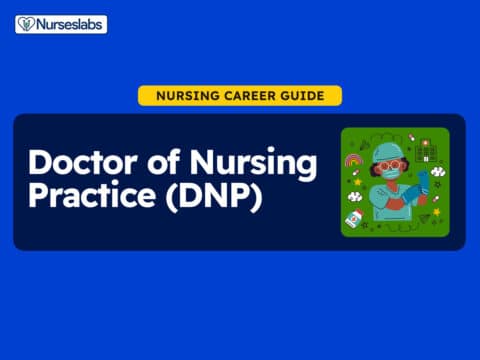




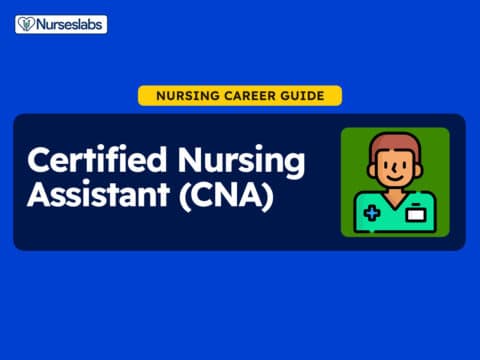




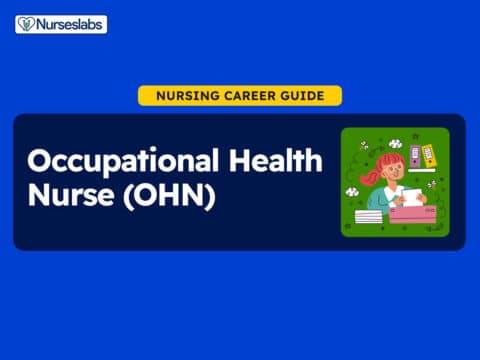
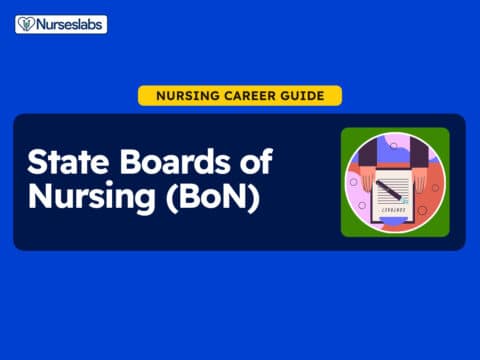
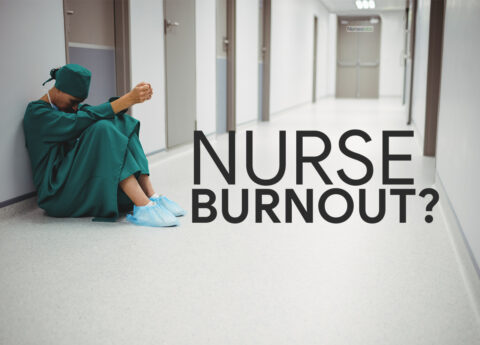








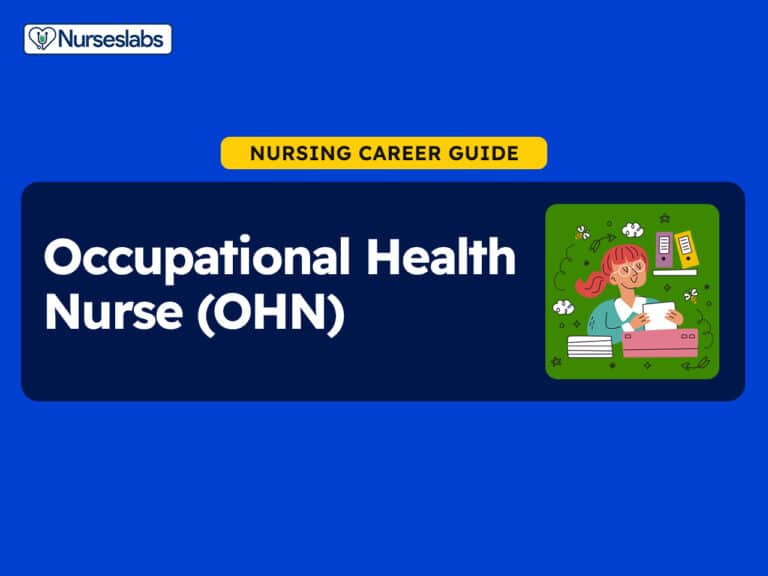



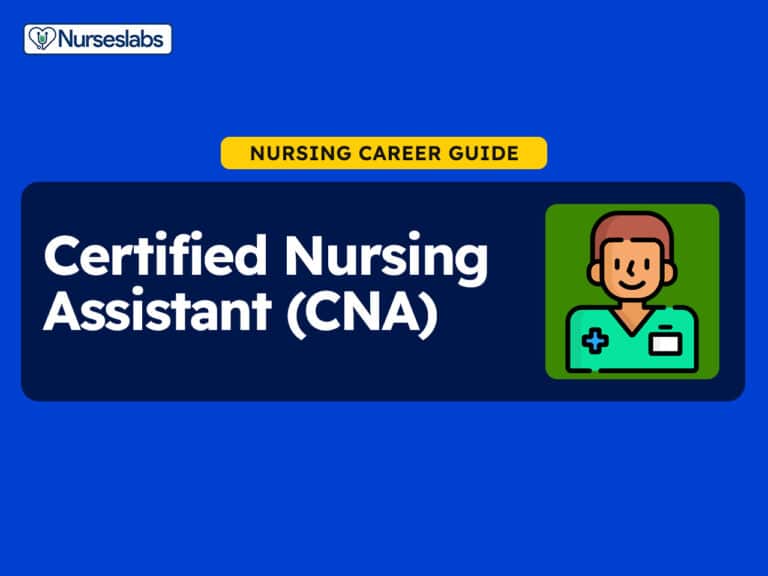


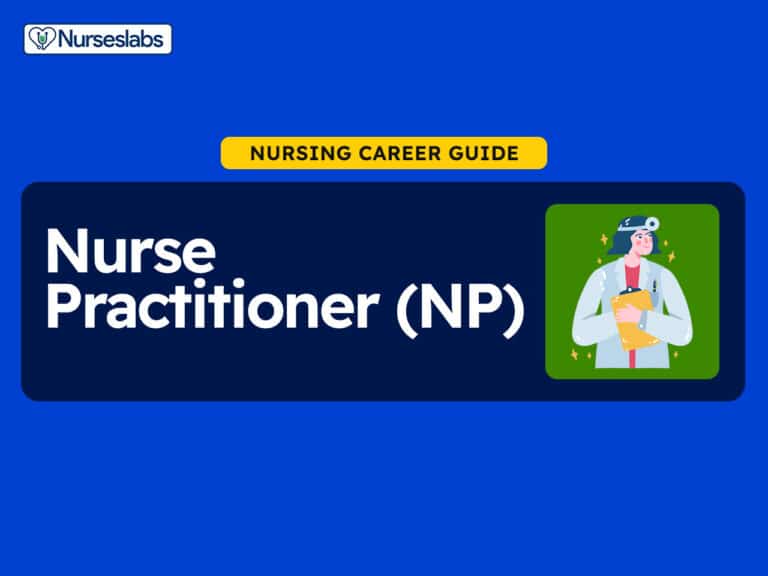


Leave a Comment